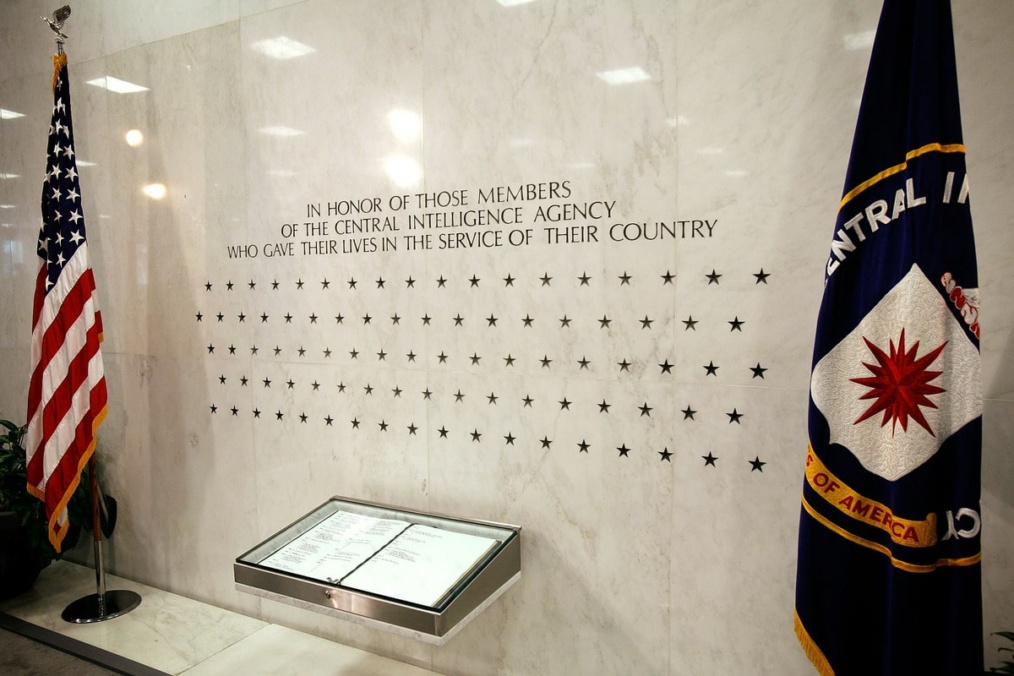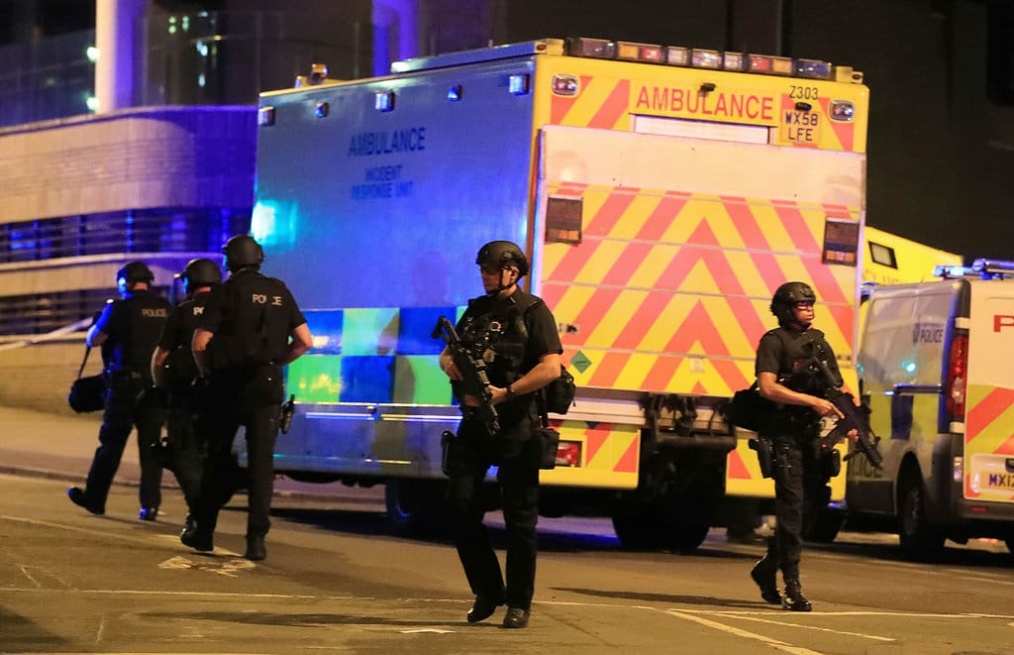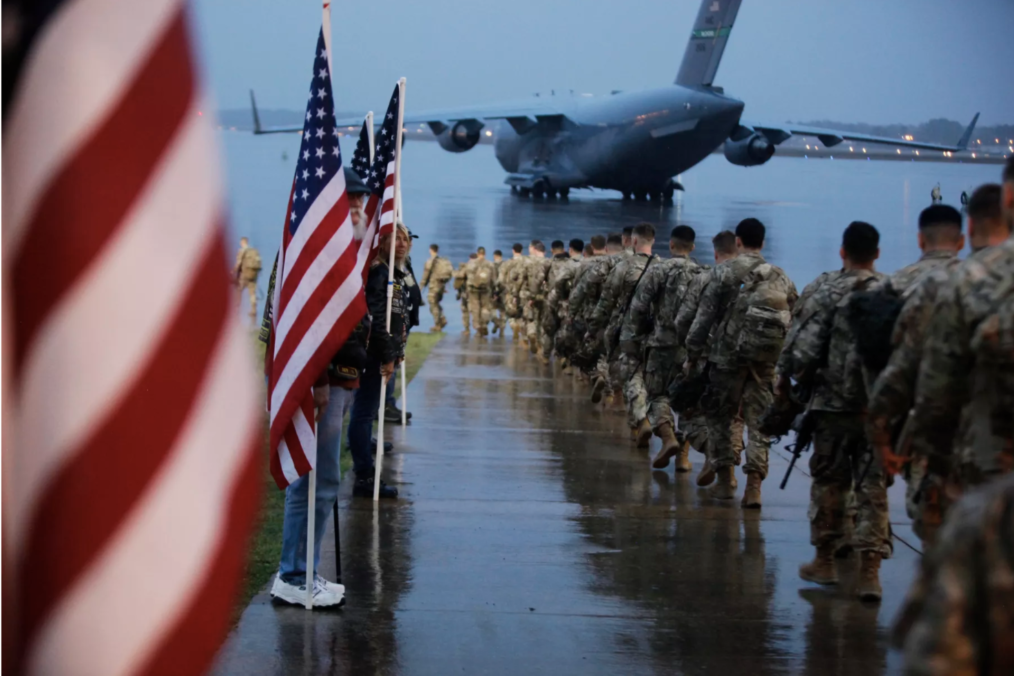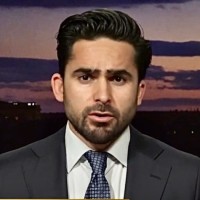On May 7, 2022, the Taliban enacted a measure stating that women must wear face coverings in public. This is seen as yet another example in the long line of punitive restrictions on women and religious minorities by the Taliban. This trend signals the Taliban’s lack of willingness to uphold human rights, which will result in the loss of remaining aid from foreign donors. The World Bank previously suspended over $600M dollars worth of development projects, citing their obligation to women’s rights. These cuts in funding come amidst a severe economic and humanitarian crisis in Afghanistan, with nearly 95% of families experiencing food insecurity, and mark the loss of one of last lifelines for Afghanistan. These economic conditions are likely to accelerate the growth and capabilities of terrorist nodes operating in Afghanistan, primarily the Islamic State-Khorasan Province (IS-K) and Al-Qaeda.
For both organizations, failed economic development creates a larger pool of young individuals that have very few alternative options, or nearly zero opportunity cost. While this is not a direct predictor of terrorist action, these individuals are natural targets for radicalization. It is expected that Al-Qaeda and IS-K will enjoy accelerated growth in the coming years, resulting in part from the higher volume of potential recruits.
Al-Qaeda
Al-Qaeda, which has close relations with the Taliban, is also likely to build new training camps in Afghanistan. These training camps, bolstered by more recruits, will increase the capabilities of Al-Qaeda. While it is unlikely that Al-Qaeda is currently capable of an attack on the U.S. homeland, increased capabilities could lead to attacks on U.S. and Western targets in Europe, the Middle East, Asia, or Africa in the coming months. U.S. intelligence agencies predict, under current circumstances, Al-Qaeda may be capable of an attack on U.S. homeland within one to two years.
Islamic State-Khorasan Province
IS-K, which is a sworn enemy of the Taliban and Al-Qaeda, will receive the same overall increase in recruitment prospects. However, economic conditions also contribute to increased dissatisfaction with the Taliban. IS-K is likely to exploit this dissatisfaction and attract individuals that look to oppose the Taliban. For example, some previous Afghan soldiers and intelligence professionals are turning to IS-K, the only armed group opposing the Taliban. While the Taliban will apply pressure on IS-K, the organization is expected to grow rapidly. By some estimates, IS-K has doubled in size in less than a year from two to four thousand operatives. They have already conducted more than seventy-six attacks against the Taliban this year, as opposed to eight the year before. While an attack against the U.S. homeland is unlikely, an act against the U.S. or Western countries abroad is feasible, as evident by the bombing of Kabul Airport on August 27th. U.S. intelligence agencies estimate, under current conditions, IS-K will be capable of an external attack on U.S. homeland in as little as one year.
Next Steps
Regardless of future U.S. policy in Afghanistan, each U.S. response suffers from a lack of intelligence in the region. In an interview with the Associated Press Frank McKenzie, head of U.S. Central Command, said “we’re probably at about 1 or 2% of the capabilities we once had to look into Afghanistan.” The next step for counter-terrorism measures in the region is rebuilding the intelligence infrastructure necessary to monitor terrorist organizations. This requires a two-pronged approach.
Firstly, The U.S. should reestablish connections with internal, anti-Taliban networks in Afghanistan. These contacts are key for confirming and generating intelligence on the location of terrorist cells, training camps, and activity. With local partners, the U.S. will be able to conduct counter-terrorism action more effectively in Afghanistan.
Secondly, the U.S. should negotiate access to air-bases within neighboring countries. These bases will help intelligence and surveillance gathering within Afghanistan. This will also serve to compliment HUMINT efforts, allowing the U.S. to confirm on-the-ground intelligence. This may require time and effort, but it remains a necessary step for effective counter-terrorism measures.
As the Taliban continues repression, isolating Afghanistan from the international community, the economic and humanitarian crisis continues to compound. In this crisis, Al-Qaeda and IS-K are quickly growing their ranks and capabilities. While both organizations’ capabilities do not yet match their ambitions of a U.S. homeland attack, U.S. intelligence agencies predict this may change within 12 to 18 months, barring intervention. Without decisive action by the U.S. to rebuild intelligence and counter-terrorism infrastructure, the U.S. will be unprepared and in the dark for the next large-scale attack.
Rise to Peace Counter-Terrorism Research Fellow






